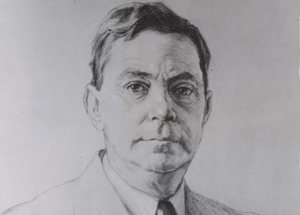In 1934, Congress formed an independent agency to handle the records, the National Archives and Records Administration (henceforth referred to as the National Archives) (McCoy, 1978). Congress needed to find a leader of this new agency, the first Archivist of the United States. Both Jameson and Leland turned down the position. They could not leave their current positions and Jameson felt that his age would hinder his ability to create the agency. The two best candidates were out of the running. The search to fill this position took several months. Jameson and Leland remained adamant that the archivist should not be a political appointee; instead the archivist should be a qualified individual. Most qualified individuals started their career as historians. At this point in time, the United States had few professional archivists; all training for archivists typically occurred on the job. Robert D.W. Connor, a historian from the University of North Carolina with research experience became Jameson’s choice (Smith, 1989).
(Robert Digges Wimberly Connor, n.d.)
After Jameson’s endorsement, the American Historical Association also endorsed Connor. Connor convinced President Roosevelt (who was a huge supporter of archives) that there should be a national archive instead of a hall of records. He argued that the records created for everyday use had historical value. A hall of records would also involve multiple agencies, who may disagree on various aspects of preservation and access. Connor’s arguments essentially set his appointment in stone. He became the first Archivist of the United States in 1934 (McCoy, 1978, pp. 21-28).
